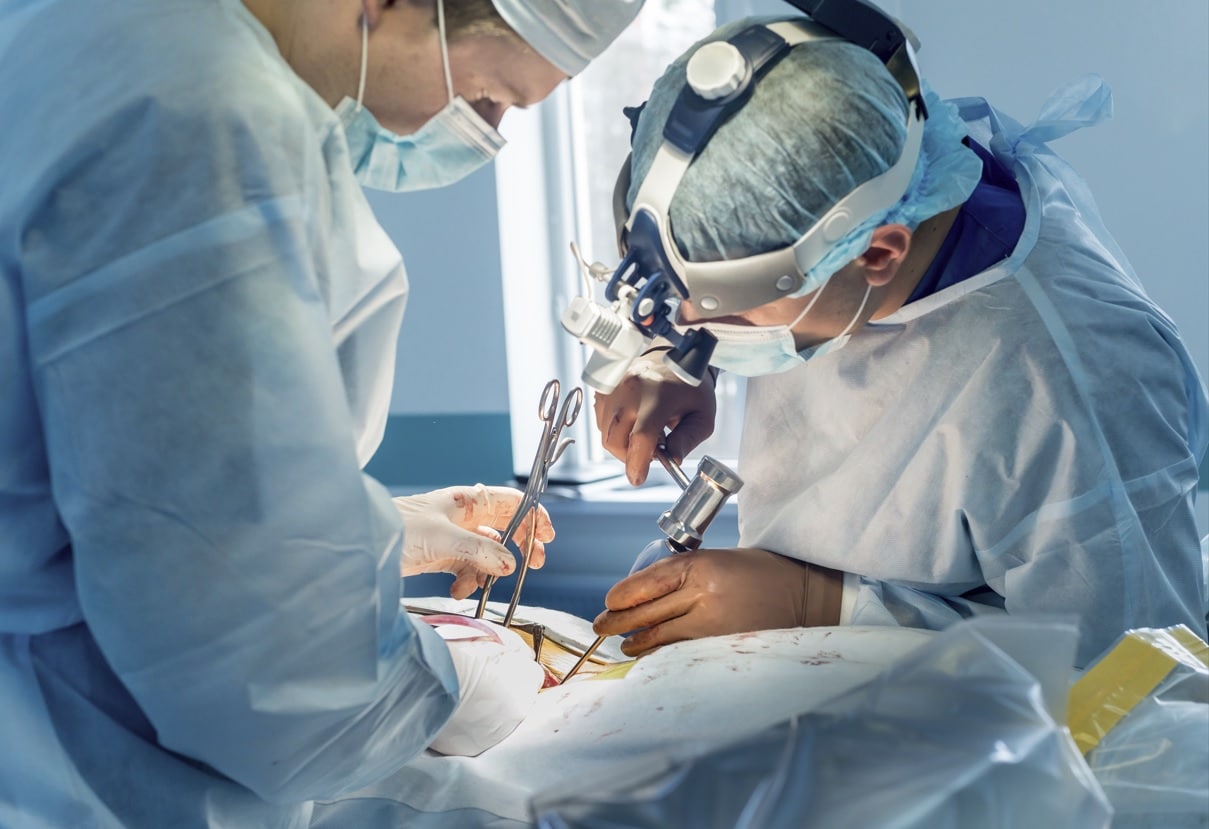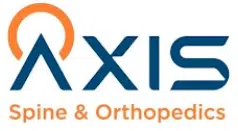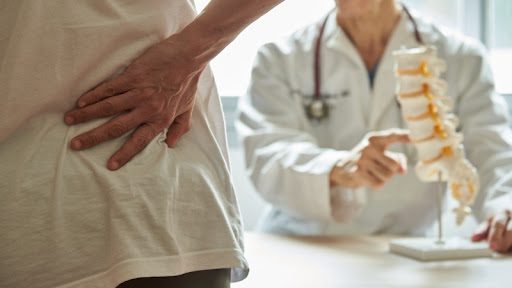Understanding the Costs Involved with the Best Spine Surgeons in St Louis MO
Understanding the Costs Involved with the Best Spine Surgeons in St Louis MO
Blog Article
A Review of Spinal Column Problems That Frequently Outcome in Surgical Therapies
Spinal column problems such as herniated discs, back stenosis, and degenerative disc illness frequently necessitate medical treatments when conservative therapies stop working to ease consistent symptoms. Comprehending the subtleties of each problem and the matching medical alternatives, such as discectomy or spinal combination, is important for reliable management.
Herniated Discs
Although lots of people with herniated discs may find alleviation with traditional treatments, surgery becomes a required consideration when symptoms continue or worsen - best spine surgeons in st louis mo. A herniated disc happens when the soft inner gel of a back disc extends with its outer layer, possibly leading and pressing nearby nerves to pain, pins and needles, or weak point in the extremities
Conservative monitoring typically consists of physical treatment, pain medicines, and corticosteroid shots, which intend to reduce swelling and enhance feature. Nonetheless, in instances where these techniques fall short to minimize devastating signs, medical options may be explored.
The most typical medical treatment for herniated discs is a discectomy, which involves the removal of the herniated portion of the disc to soothe stress on the impacted nerve root. In extra severe instances, spinal combination may be needed to support the influenced vertebrae.
Individuals are recommended to go over the prospective risks and benefits of surgical procedure with their doctor to make an informed choice. Ultimately, the goal of any kind of medical treatment is to restore feature, ease discomfort, and enhance overall lifestyle for individuals struggling with herniated discs.
Back Stenosis
Back constriction occurs when the spaces within the spinal column slim, bring about boosted stress on the spine cable and nerves. This problem can establish in various regions of the back, including the lumbar and cervical areas, commonly due to age-related adjustments, such as degenerative disc illness, arthritis, or thickening of ligaments.
Patients with spinal stenosis might provide with signs that consist of discomfort, tingling, prickling, or weakness, mainly in the arms or legs. These signs and symptoms can be worsened by tasks that involve standing or strolling, frequently leading people to look for alleviation through traditional therapies like physical therapy, medicines, or epidural steroid shots.
However, when these non-surgical treatments fail to give appropriate alleviation, surgical alternatives might be considered. Common medical treatments for spinal stenosis include laminectomy, which includes the elimination of component of the vertebra to reduce stress, and spine blend, which maintains the afflicted location.
Spondylolisthesis
Spondylolisthesis takes place when one vertebra slides ahead over an additional, resulting in misalignment of the spinal column. This condition can result from numerous elements, consisting of genetic problems, injury, or degenerative adjustments in the spine. It is most commonly observed in the back region, especially at the L4-L5 and L5-S1 levels.
/0x0:512x512/prod01/channel_2/media/mccms/content-assets/academics/residencies-and-fellowships/spine-surgery-fellowship-minnesota/overview/final-512X512-OR710-2020-10-05_0007.jpg)
Therapy alternatives vary based upon the intensity of the slippage and the signs and symptoms provided. Conventional actions, including physical therapy, pain administration, and task alteration, are frequently the first line of protection. When non-surgical methods fail to soothe signs and symptoms or when significant nerve compression is existing, surgical treatment might be warranted. Surgical alternatives can consist of back blend or decompression treatments, targeted at recovering alignment and alleviating neurological signs. Early diagnosis and ideal monitoring are critical for optimum end results in clients with spondylolisthesis.
Degenerative Disc Disease

The problem can be detected via a combination of medical assessment, imaging studies, and patient background. When these techniques fall short to offer sufficient relief, medical interventions may be taken into consideration.
Surgical choices for DDD may consist of spinal blend or synthetic disc replacement, find out this here intended at stabilizing the influenced section and alleviating discomfort (best spine surgeons in st louis mo). Ultimately, the option of treatment is embellished, taking into consideration the intensity of the condition, individual health and wellness, and way of living aspects
Spine Growths

What elements add to the advancement of lumps within the back, and how do they materialize in individuals? Back visit site tumors can arise from different aspects, consisting of hereditary predisposition, environmental influences, and pre-existing medical conditions. They can be categorized as main growths, coming from in the back, or second lumps, which spread from other regions of the body. Patients may present with a range of symptoms, including localized pain, neurological deficits, weakness, or changes in bowel and bladder function, depending on the tumor's size and location.
Surgical intervention might be required to relieve signs, get a biopsy, or remove the growth totally. The goal of surgical procedure is frequently to decompress neural components and stabilize the spinal column. Early discovery and intervention are critical for optimizing results in people with spinal growths.
Verdict
In summary, spinal column problems such as herniated discs, back stenosis, spondylolisthesis, degenerative disc illness, and spine lumps frequently require medical treatment as a result of their potential to trigger substantial discomfort and functional impairment. While conventional therapies might supply temporary relief, medical choices end up being important when signs and symptoms get worse or persist. Timely medical diagnosis and intervention play an important role in restoring function and improving the lifestyle for damaged you could check here individuals, underscoring the significance of extensive spinal care.

Report this page